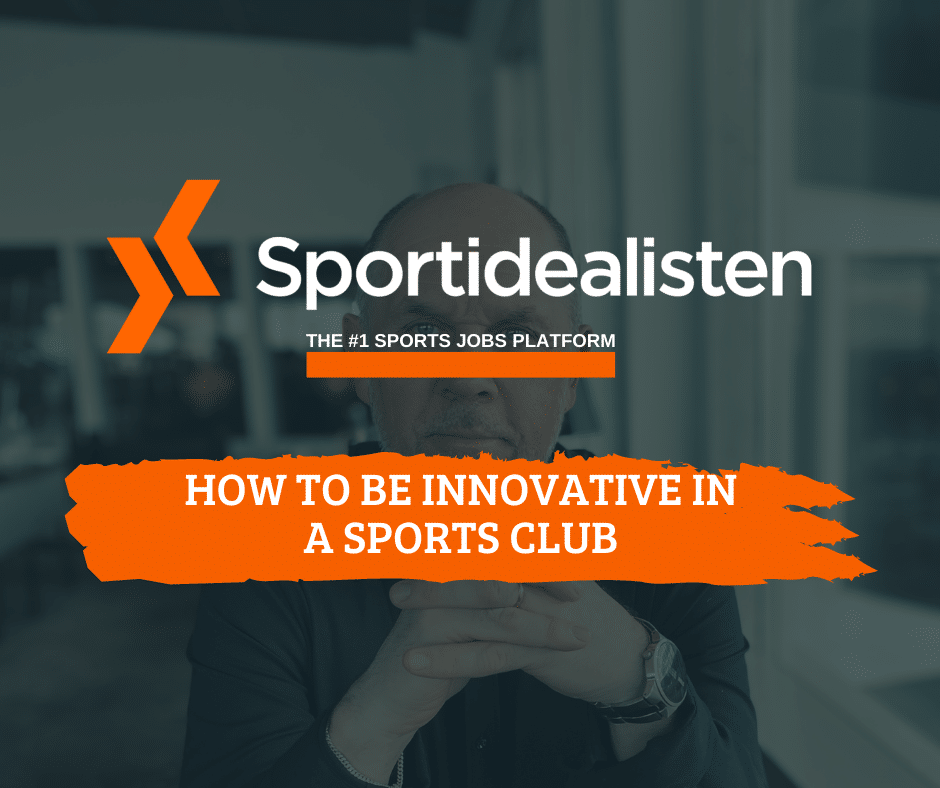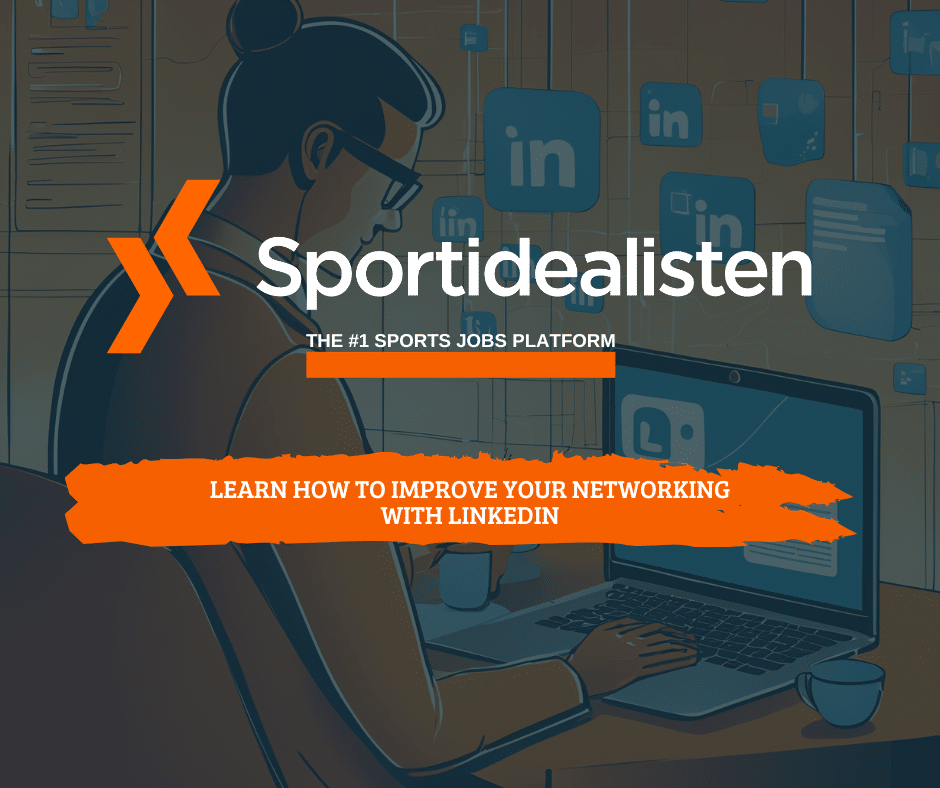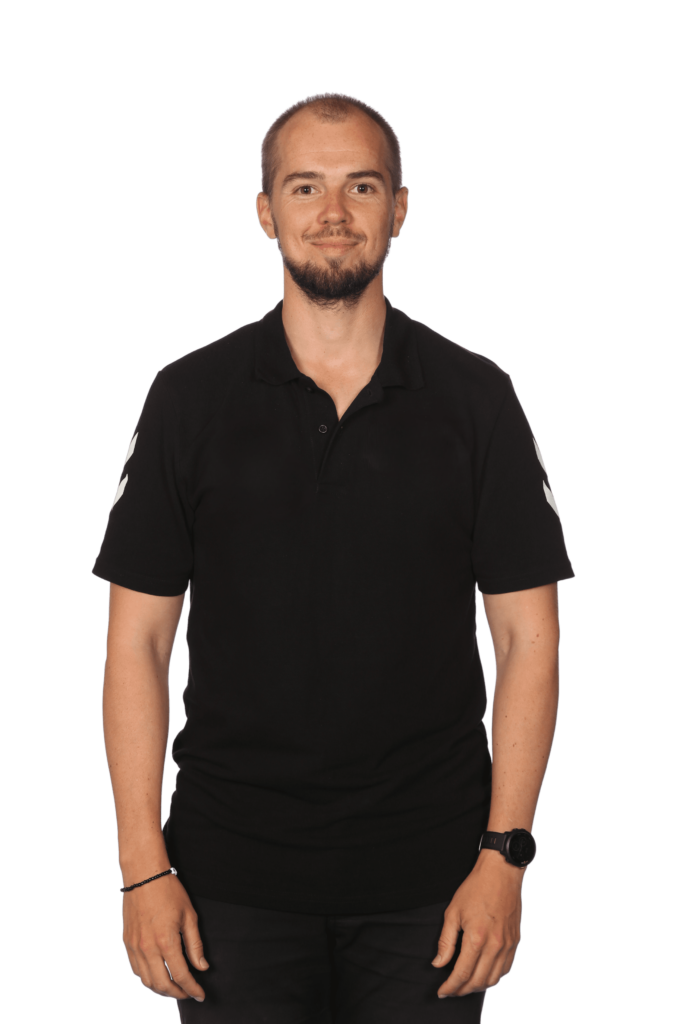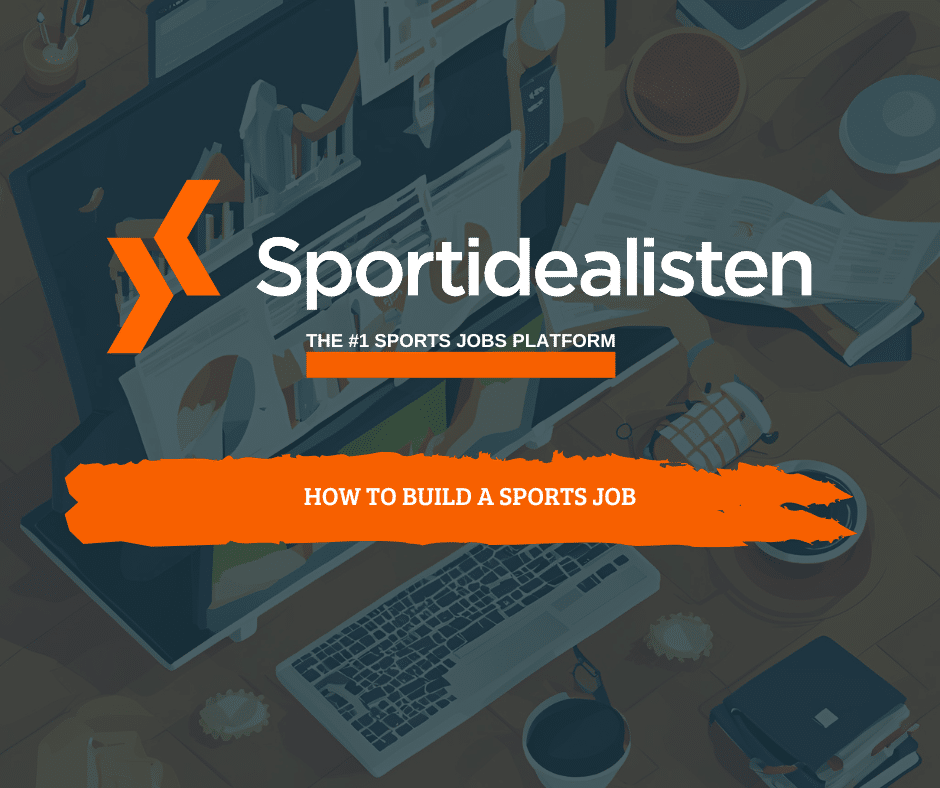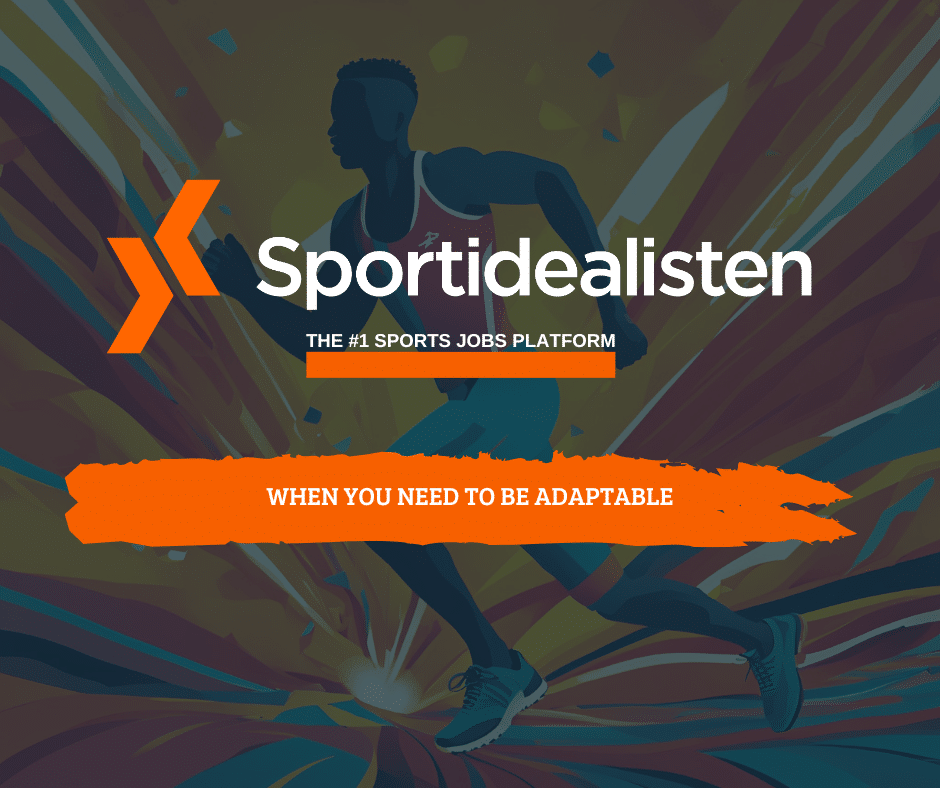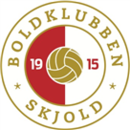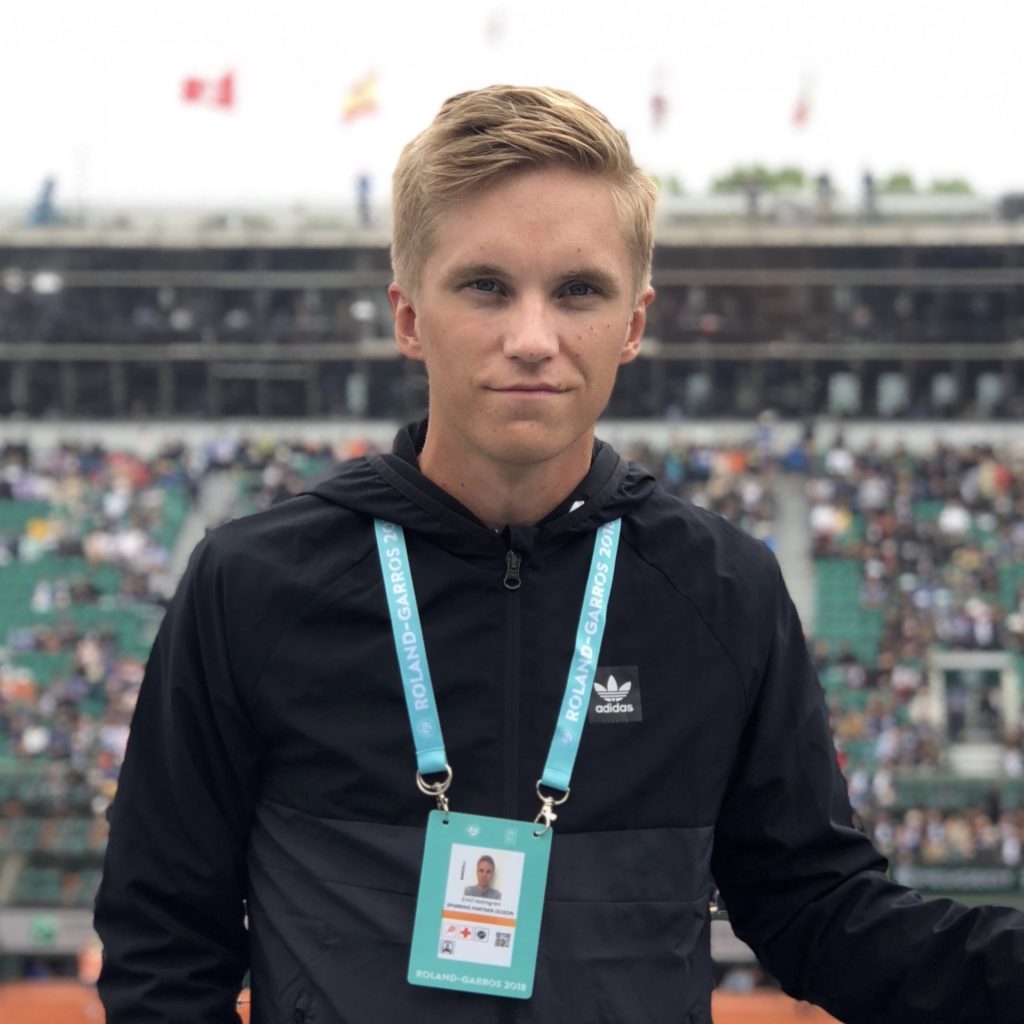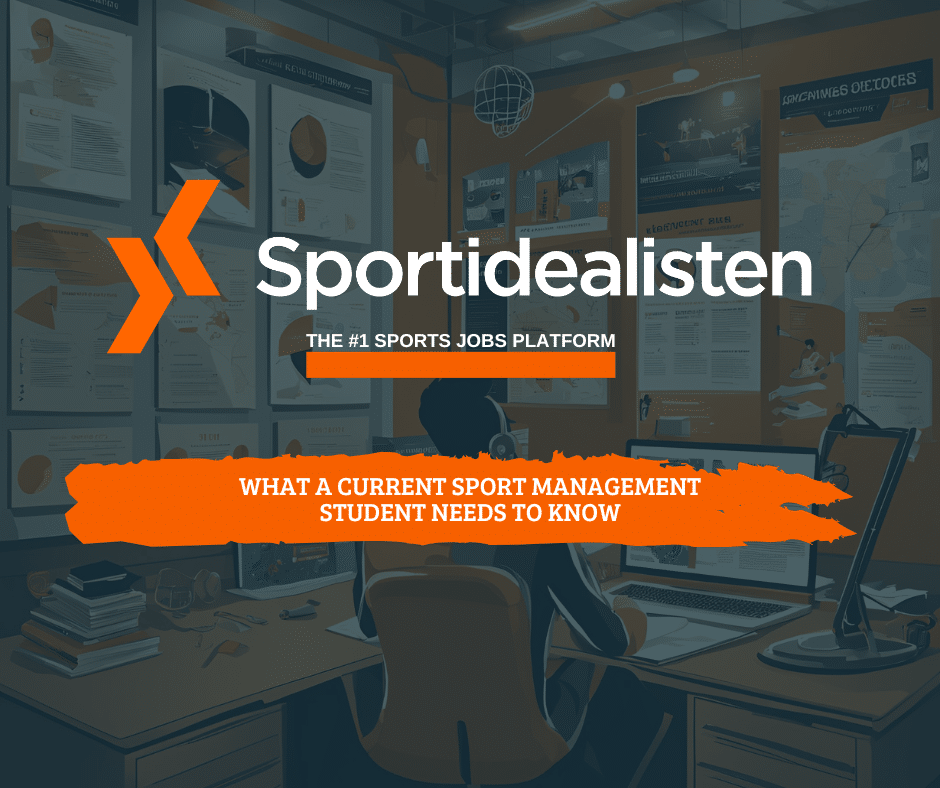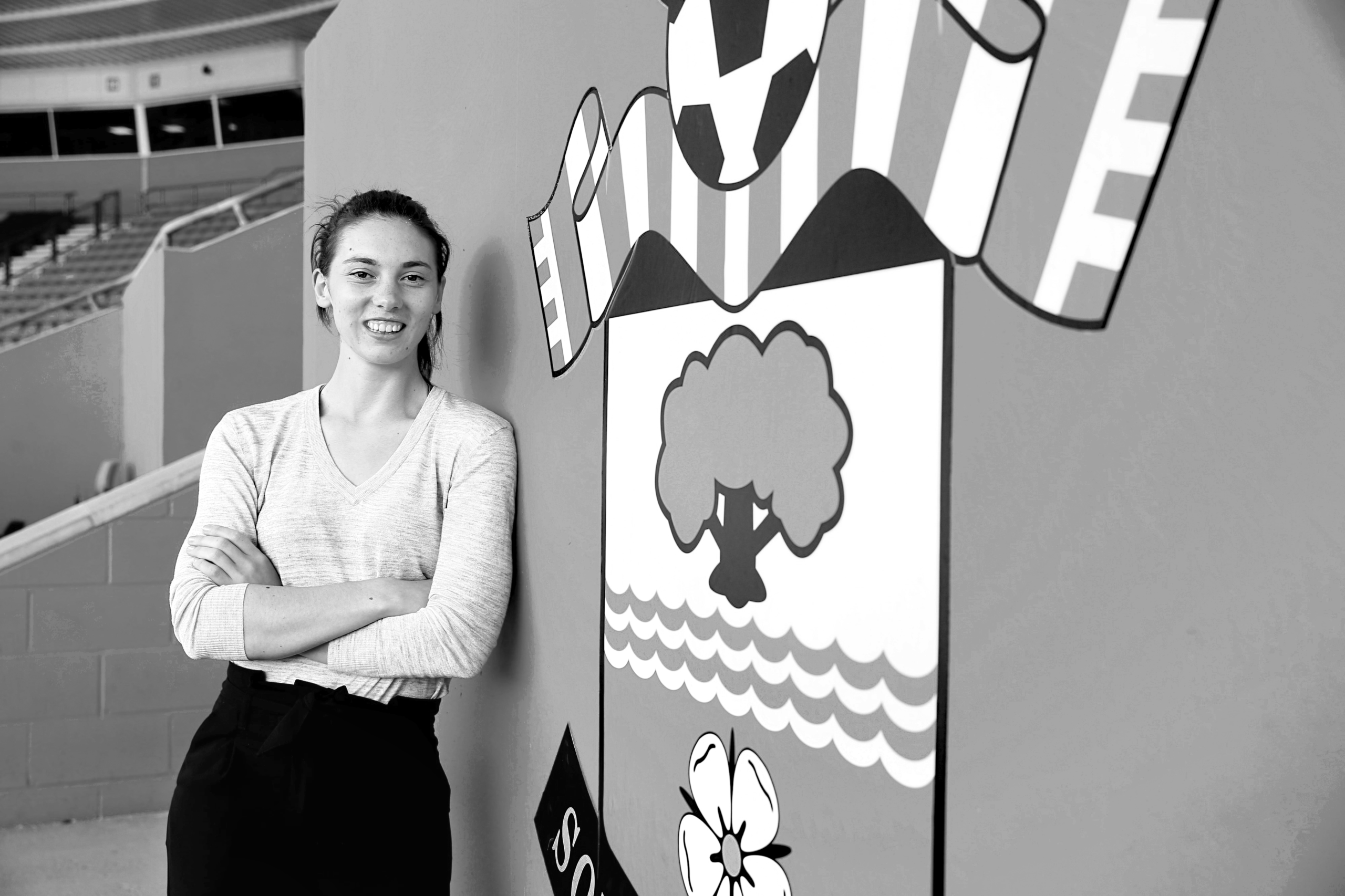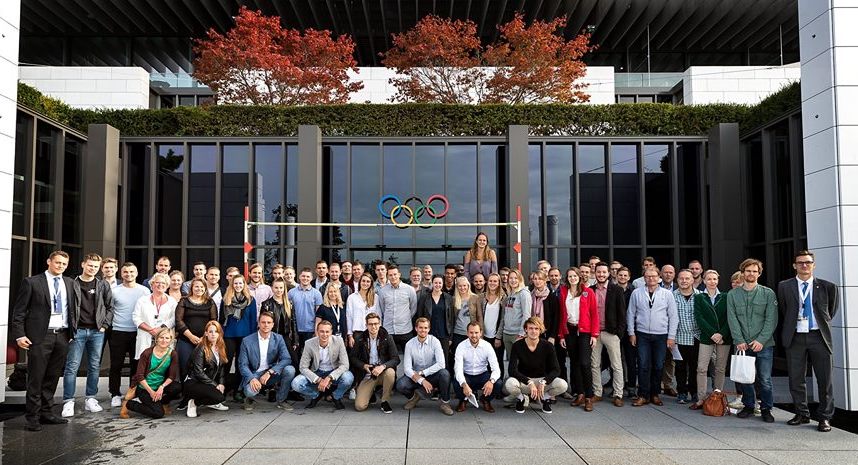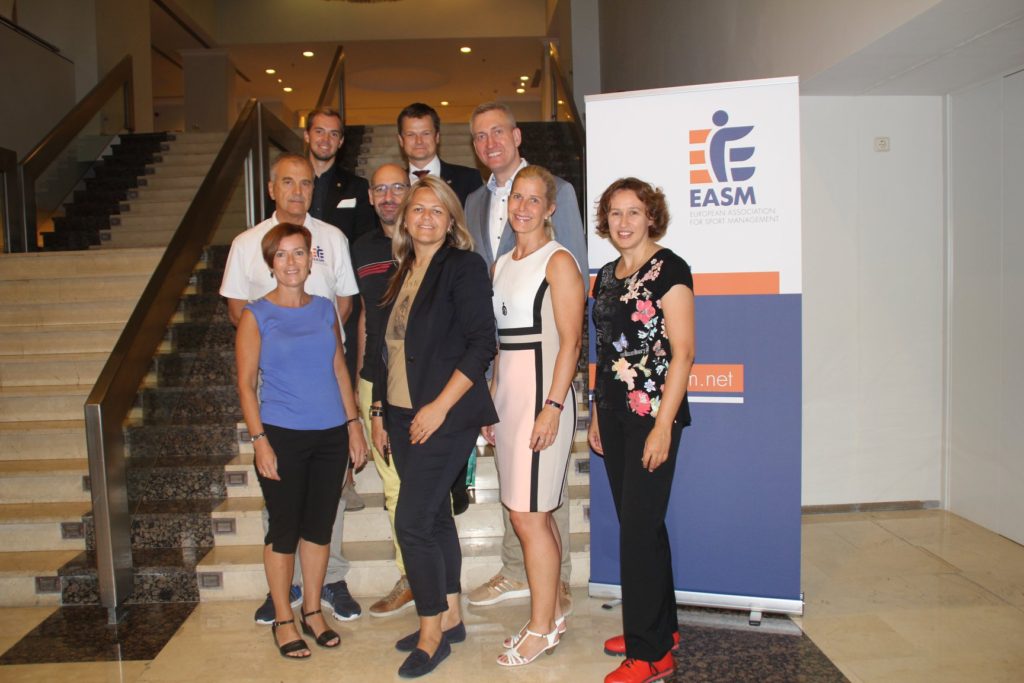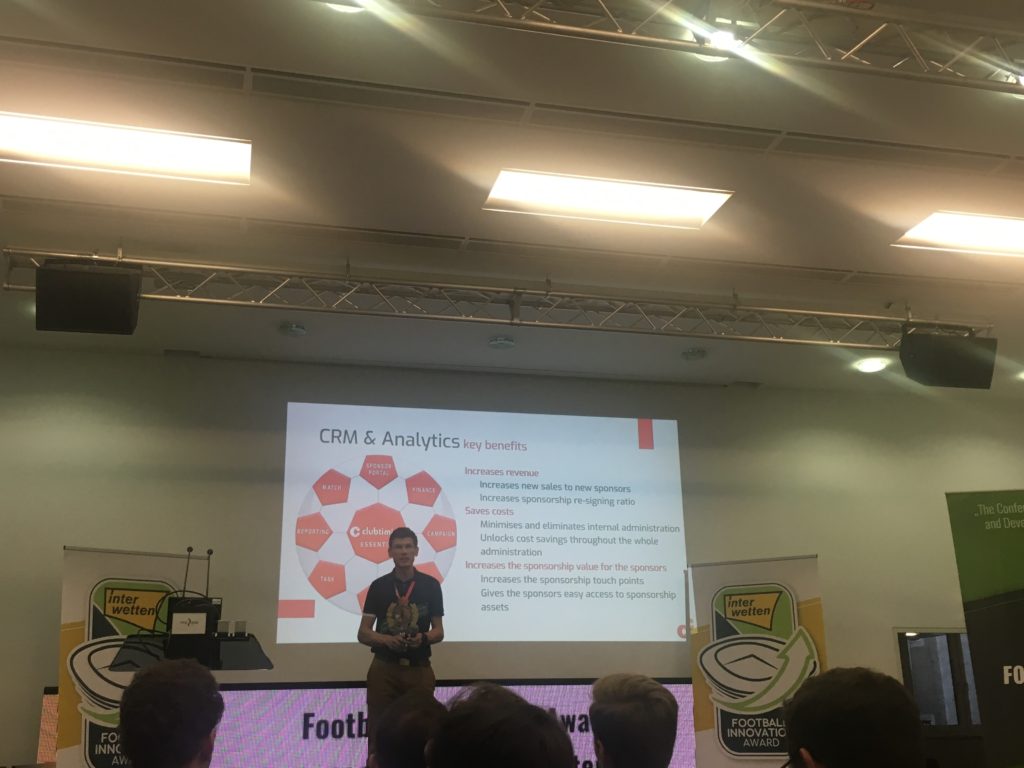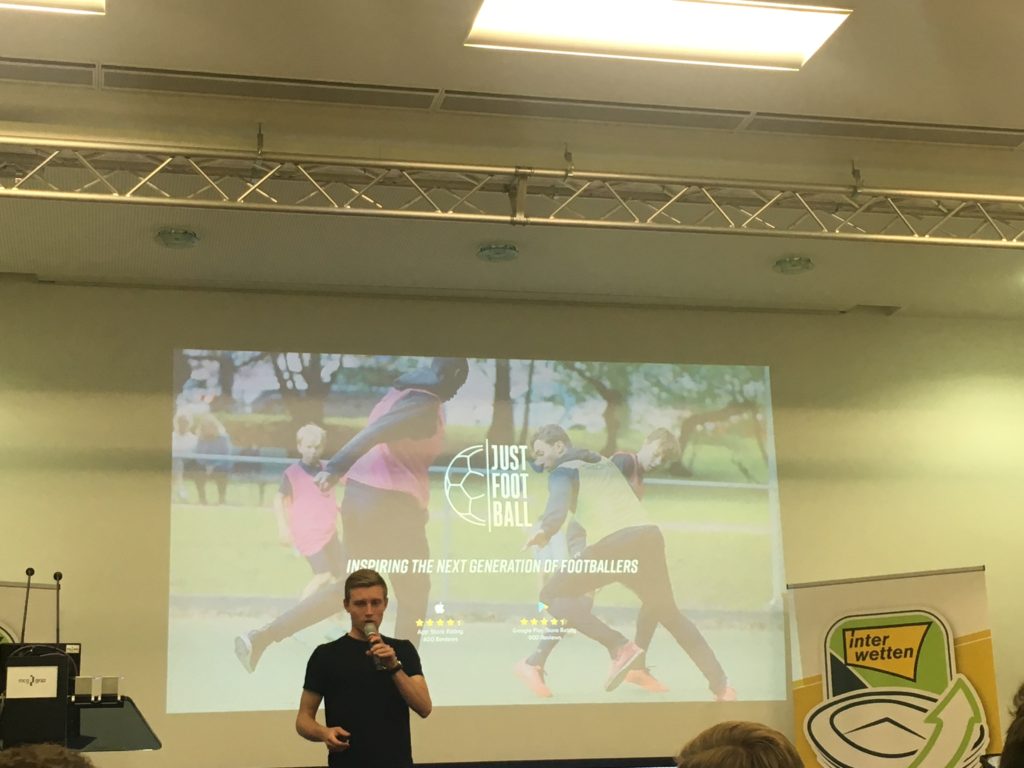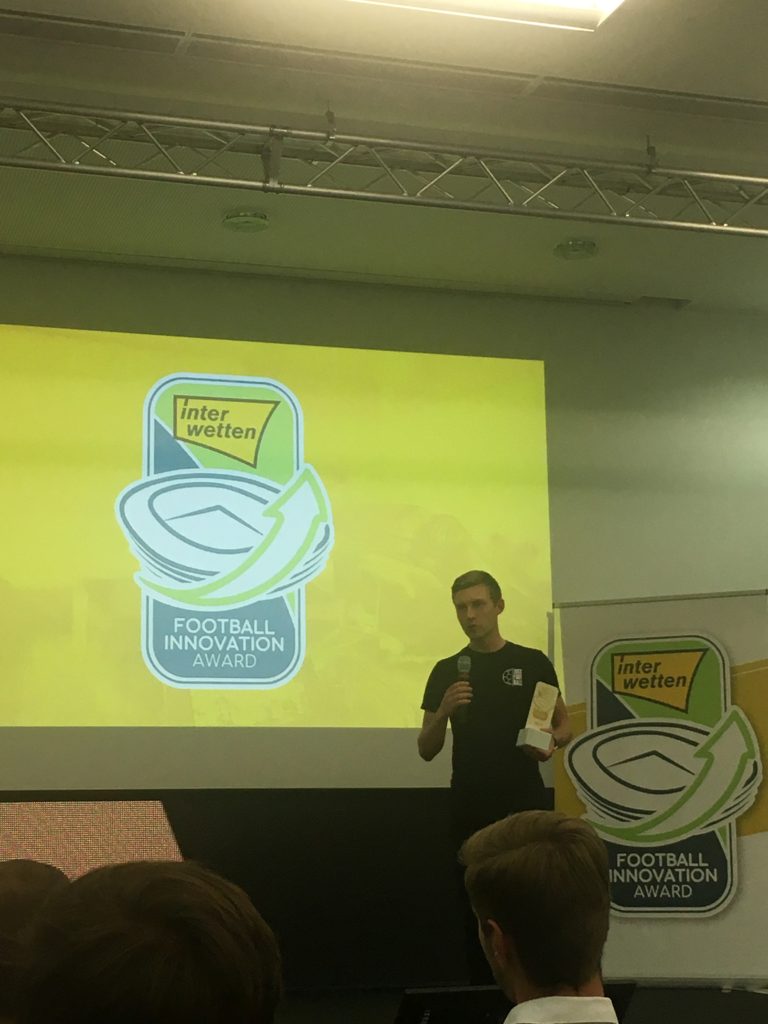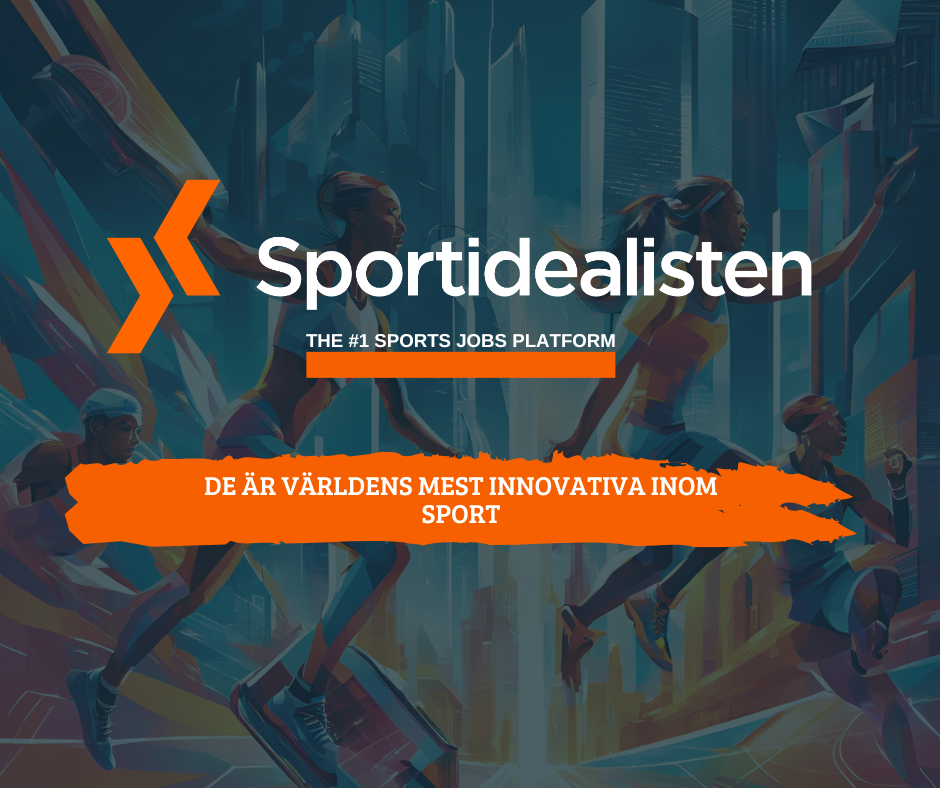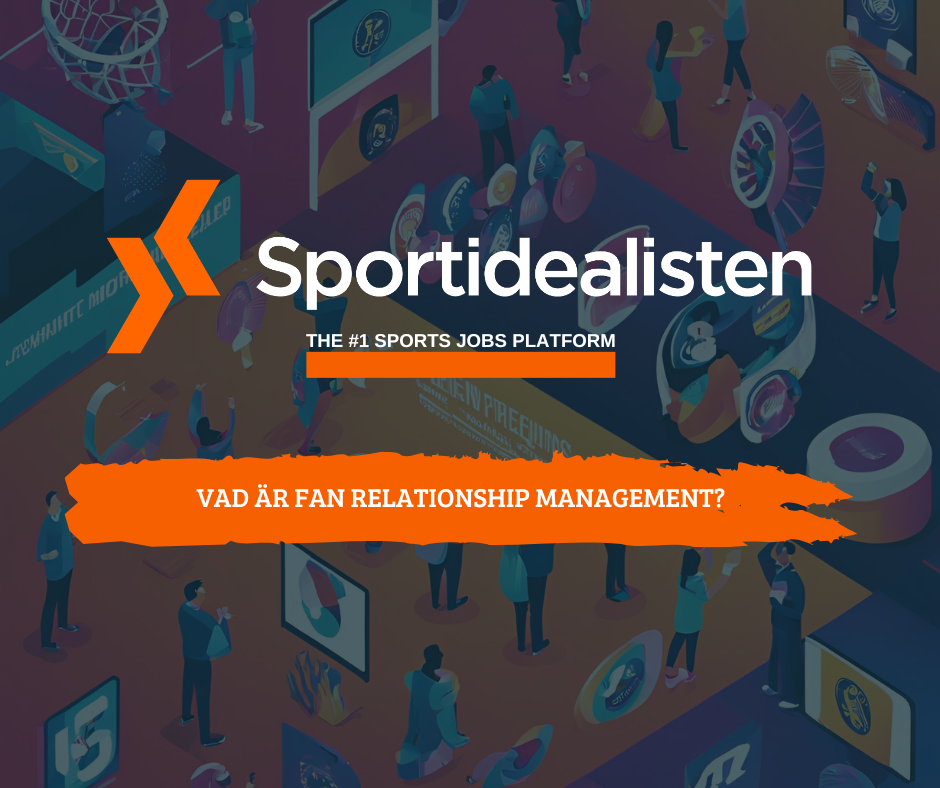Imagine if we told you that if you become a youth coach at 12 years old that you one day could be a club director in a top division sports club? Now lets us tell you that this is not an imagination, this is a true story and we are happy to have a chance to tell you more about this in this interview. We have met Anders Jansson who found a passion for the leadership role and developed himself as a good coach but also a creative thinker and an entrepreneur. Through his passion for basketball, he made sure that you can grow a team and the club with new revenue streams. We will talk about all of these experiences and how he managed to bring one of the world’s best basketball players to Sweden. Lastly, Anders will give some tips on how to find your passion and working in sports.
Meet the sports industry from the inside
Anders Jansson
Consult – Savoy Consulting
Former Club director – Sundsvall Dragons
Basketball coach level 3

EXPERIENCES as a youth coach CAN GET YOU the dream job in SPORTS
Thank you Anders for taking your time, sharing your experiences and lessons learned from your work in the sports industry. Let us start by letting you introduce yourself to us.
My name is Anders Jansson and at the moment when we are talking, I am 57 years old. As of today, I am running my own consultancy firm, Savoj Consulting. Now you might be thinking, “what is he doing when he runs his own consultancy”? Well, I am working in several areas in the sports industry. A few of those areas I am involved with are sales, events, marketing, branding and coaching.
Before my consultancy career I was the Club Director at the basketball club Sundsvall Dragons (we reached 10 semifinals and won 2 Swedish Championships and Finnish/Swedish Champions). Additionally, to this I have been awarded “the best marketer of the year” in Sundsvall, as well as been awarded “The Dragon of the year” twice (an award that is given to a person that has made a great contribution for the city of Sundsvall. Last but not least, I was one of the initiators of the local sports gala in the district of Medelpad.
Oh wow! Sounds like we have a lot to talk about. Let us start with one thing I know the readers want to know. How is it to work in sports? Furthermore, the question we all want to get an answer from:
Why did you take the step to work in sports?
I started to play basketball and football at the age of 9 years old, and I remember that I thought basketball was the most fun sport. Only three years later I became a youth coach in basketball. This gave me added value to further look into the coaching and leader role. I got myself educated into the different levels of coaching in basketball, I made it to level 3. And in between all of this I slowly grew my passion and joy of coaching people and to have the opportunity to teach the game and then also winning games.
However, that was just the beginning, my bigger involvement and actual work in sports came later in my life. At the age of 31, a job request as the club director at one of the top division teams in basketball in Sweden came from nowhere. I remember that I was thinking something along the lines “that sounds interesting, but I might try this for a few years”. But, slowly during these “few” years, I developed new values within my leadership style, and those “few” years turned into many years as you might understand from the achievements I mentioned during my introduction. My new values were not only winning as much as possible. I started to look into the club with a broader perspective. I wanted to develop one thing after another, if the team could do good, then the whole organization could do better outside of the court too. This was also the moment when the entrepreneur inside of me came into the picture. I started to notice that I could do more in sports than only coaching.
It is easy to think that your plans will always play out as they were planned, but this is very rare in sports. New tasks and opportunities have taken my plans into new directions. I have had to adapt to new situations, which taught me to be as ready as possible and open for changes. You can probably recognize this from an entrepreneur’s lifestyle.
Dare to be an entrepreneur when working in sports
Interesting, please explain how you mean with an entrepreneur’s lifestyle?
For me, an entrepreneur needs to take risks and try to think differently than others. From my own experiences, I started to think differently and one situation like this happened when we brought Scottie Pippen to Sweden and Sundsvall Dragon. I traveled to the United States of America and met Pippen. We tried to figure out how he could be able to get over to Sweden and play with the Dragons.
If you are not aware of Scottie Pippen, he is one of the greatest basketball players ever. He played together with Michael Jordan at Chicago Bulls (one way to understand his greatness is to watch the Michael Jordan documentary, The Last Dance from Netflix). 2008 was the year we did it. During 2008 Scottie Pippen came over to Sundsvall and while he was here, he visited the youth teams, he met with sponsors and talked about how businesses and sponsorships are being done in the US. This wasn’t the only thing he did, Pippen also met the municipality and talked about his social engagements in the states. And of course, he played a game in the league with us. We won again Akropol with 102-74 And Scottie Pippen made 21 points, All of these activities provided great value to all of our stakeholders. And all of this gave us an extra boost to do new similar innovative activities again.
Scottie Pippen Highlights – Sundsvall Dragons
Added value for win win win
To give you another example, we also brought over one of the world’s best F1 drivers, Mika Häkkinen (also called The Flying Finn) and of course his car to the stadium in Sundsvall. Sure, there is no connection with basketball like the one with Pippen, but a lot of people showed up and listened to his talk he did. This activity was also built to give our sponsors some added values in a similar way as the one with Scottie Pippen.
So why was this idea with Häkkinen a good one?
Well, we had heard that he did this show in Finland where it was something special and then we started to look into the possibilities to host that show over in Sweden. Once again, the entrepreneurial spirit made me take that chance and ask him and his team.
The Flying Finn, Mika Häkkinen
Finding the dream job with your passion
As you have told us, you love basketball, how come you fell in love with the sport? What makes you want to keep working in the game?
The biggest carrot (as we say in Sweden, which means an inner drive) is the love for the game, but also to improving the club I work with, which means create new revenue streams and figuring out how to increase a club’s revenue. To get back to my experience, this is what I did with bringing over famous people to the stadium and bringing sponsors together to make it happen.
Please explain how you mean with love?
The love is the game basketball, the split vision and the knowledge and tactics in basketball, which are excellent. I mean, you can’t kick the ball and you only have 8 seconds to do something with the ball, so you really need to take action all the time. You can’t stand still too long. It is a game where things always happen.
Three important skills to become a good sport manager
What are three important skills according to you that are needed in order to get into the sports world as a good leader/manager?
Heart: Love to the sport, in my case basketball.
Passion: A drive to go forward, you have to have that passion from your inner drive to be able to do something.
Entrepreneurship: Find everything you can to sell. We made it successful to sell everything from doping tests to motorsport and of course the basketball event with Scottie Pippen. You have to dare to take your idea into businesses.
How to be more creative in the local grassroots sports club?
Since Anders is very generous with his time he has more experiences to share and therefore we actually have more in this interview. He has more knowledge to share about grassroots sports and how he made one of the greatest in floorball to do a comeback. But in order to make sure you can take it all in we will post the second part of this interview in one of the upcoming posts. Be patient and stay safe. Keep an eye out for the next one.
If you liked this article, may want to read these:
A young innovator with an innovative idea

